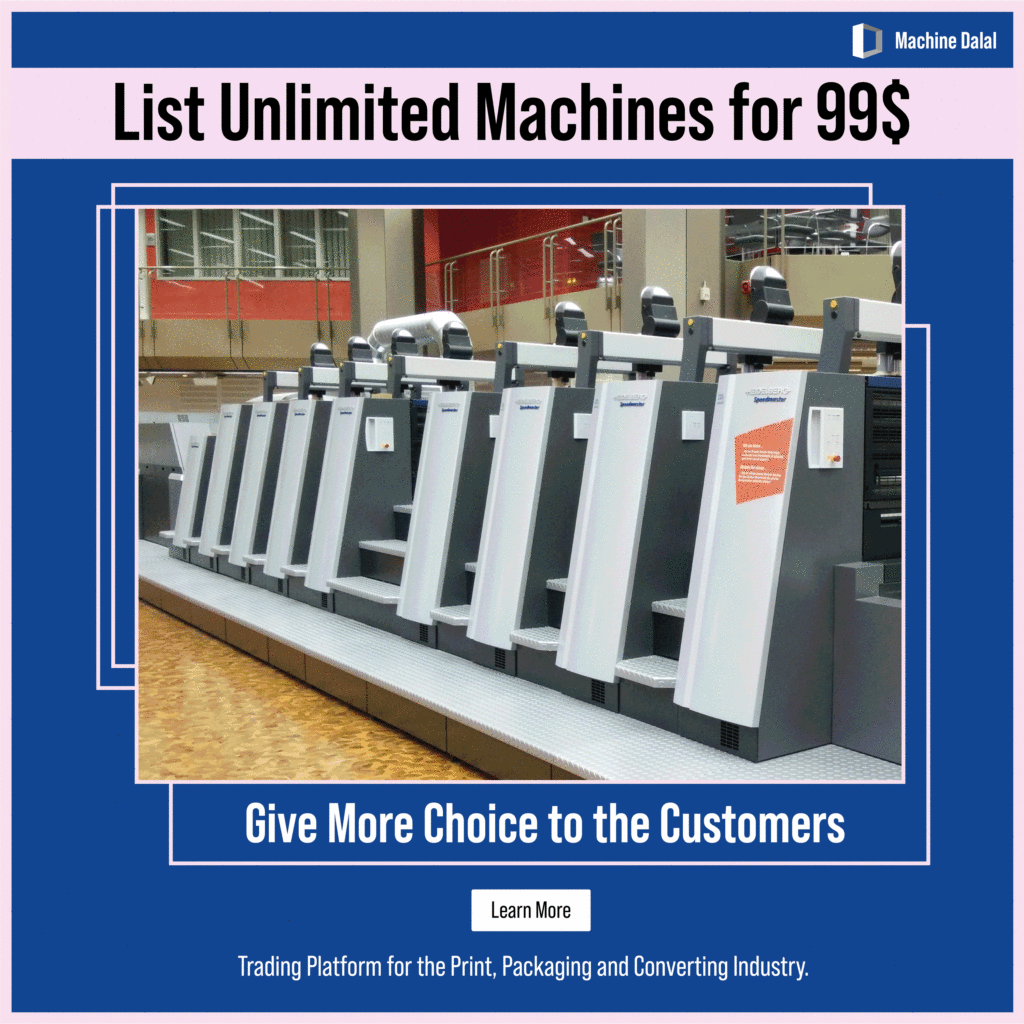Liquid packaging is extensively used in various industries largely due to its properties such as tear and heat resistance and loss of moisture.
Liquid packaging is a multilayer package with the appropriate barrier coating to protect the liquid products such as dairy products, juices, soups, and sauces from leaking out or against any damage, especially while being transported. In addition to that, they preserve the freshness of enclosed items and keep them from going stale. Some of the types of liquid packaging can maintain odor and taste neutrality as well.
The largest end-use industry of the liquid packaging market is food & beverage. The food & beverage industry is growing at a fast pace and the increasing population and rising economic income are facilitating the growth of this industry. Depending on the type of packaging required, liquid packaging is of two types:
- Rigid Liquid Packaging

It is largely used for packaging liquid products such as water, carbonated drinks, beverages, dairy products and alcohol among others. The packaging material includes cartons, paperboard, glass, cans, plastic and PET bottles. Among these, plastic & PET bottles are the vastly used medium of packaging. Rigid liquid packaging has been traditionally used for packaging liquid products owing to its resistance to impact and moisture as well as its recyclable nature.
- Flexible Liquid Packaging

Spurred by the growing focus on convenience and eco-friendly practices, the traditional packaging like rigid is losing its ground to the flexible ones. The flexible liquid packaging does provide protection to the enclosed item from moisture and oxygen just like the glass or any other rigid packaging material. Moreover, flexible stand-up pouches for liquid products such as sauces, condiments, soups, etc., occupy less space which lets warehouse operators optimize the space. It results in smooth inventory management and more items can be placed in a smaller space.
Three essential things to be considered in liquid packaging
1. Viscosity

Liquids with higher viscosity, such as creams or molasses resist motion due to their molecular makeup which gives them a lot of internal friction. In contrast, fluids with lower viscosity, like water or beverages have very little internal friction and they flow easily.
Therefore, it is important to consider the viscosity of the liquid beforehand to select the right liquid packaging machine. The right machine will provide the right amount of force to induce flow, but not so much that the packaging will overflow.
2. Fill temperatures affect the viscosity of liquids
Liquid products tend to flow when heated, so it is important to provide an accurate fill temperature for maintaining the configuration of the packaging line, particularly for the product filler. It makes sure that the packaging is what you intended.
3. Size matters when it comes to particulates

Liquids like salad dressings, soups, and sauces often contain particulates. These particulates are usually spices and flavor additions like small vegetable pieces. Particulates can be suspended in the liquid product or they can settle toward the bottom of the fluid.
When packaging liquids with particulates, special care must be taken to accurately describe and measure their average size and general properties.
The presence of particulates will determine the type of product filler your liquid packaging solution will require for the most accurate and unimpeded dispensing
Liquid packaging is extensively used in various industries largely due to its properties such as tear and heat resistance, loss of moisture, and cost-effectiveness. Innovations in packaging standards in addition to the increased demand for packaged foods have stimulated the overall growth of the global liquid packaging market.
Machine Dalal is an online platform preferred by the global print, packaging and converting industry professionals to connect with each other and trade their equipment.
Contact us to know more or simply download our app onto your Android or iOS smartphone.


